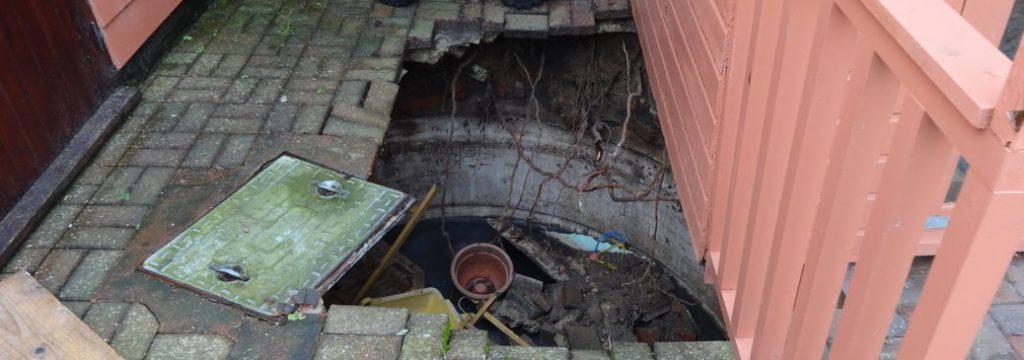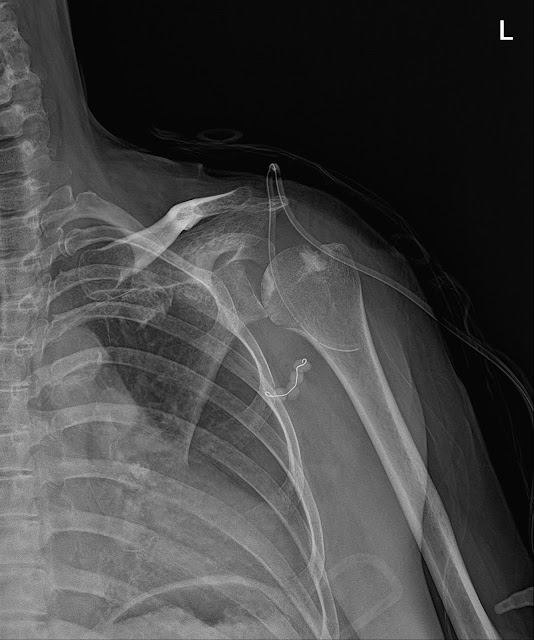
There is also a leaflet for people building a house.
#Does galcon bead hurt septic tanks code
Discharge to surface water as an alternative would require a Water Pollution Act license from a City or County Council.Ĭommon questions in relation to the Code of Practice and new builds are answered below. The ultimate decision rests with the local/planning authority. Or you can choose a mechanical treatment plant. You can add a filtering system to the septic tank, e.g. If a site is not suitable for a standard percolation area, there may be other options. The assessor will also work out what type of waste water treatment systems are suitable for the site. The waste water will drain away correctly.The homeowner must engage a suitably qualified person who will visit the site and test the ground to check that: The 2009 Code of Practice may be used for site assessments and associated installations commenced before the 7th June 2021 or where planning permission has been applied for before that date The 2021 Code of Practice applies to site assessments and associated installations carried out on or after 7th June 2021.
#Does galcon bead hurt septic tanks series
Standard Recommendation (S.R) 66 and the associated EN 12566 series of standards.Building Regulations (Technical Guidance Document H - Drainage and Waste Water Disposal).Code of Practice for Domestic Waste Water Treatment Systems (Population Equivalent ≤ 10).

Planning applications for new houses must show that the site is suitable for the proposed septic tank system and meets the requirements in: Identifying potentially polluting septic tanks (Local Authority Waters Programme Office)ĭepartment of Housing, Planning and Local GovernmentĬoordination and guidance under the Building Regulations. Installation in line with the Code, building regulations, and standards (architects, engineers, builders, etc.).Īpplication to register with Protect Our Water Site assessment in line with Code of Practice (site assessors)Ĭompliance with standards and labeling rules (suppliers) Prevent risk to the environment or human health Who does what? Who does what and their responsibilities? Who?

Septic tank systems have been identified as a potential source of pollution in some stretches of rivers. Poorly treated waste water may contain excessive amounts of phosphorus and nitrogen, which can pollute rivers, lakes and coastal waters. The other human health risk is the direct exposure to waste water if the septic tank system overflows, leaks, pools in the garden or flows to ditches and streams. Infants, pregnant women, the elderly and people with pre-existing health conditions are particularly vulnerable. Studies have found frequent occurrences of bacteria in groundwater and household wells. There are about 165,000 households in Ireland with a septic tank system and a well. Poorly treated waste water from faulty septic tank systems can contaminate nearby household wells with harmful bacteria and viruses.

However, they are a risk to human health and the environment if they are not constructed and maintained properly.

Septic tank systems are designed to remove pollution and release treated waste water safely into the environment. What are the health and environmental risks?


 0 kommentar(er)
0 kommentar(er)
